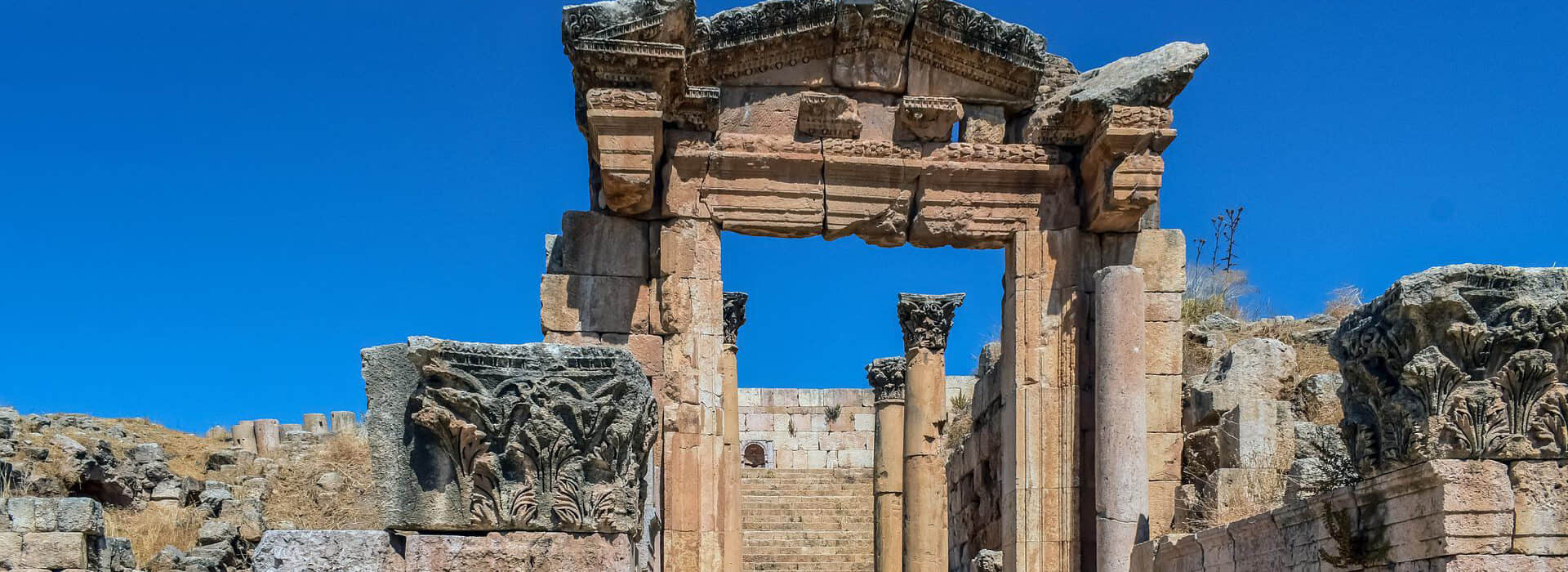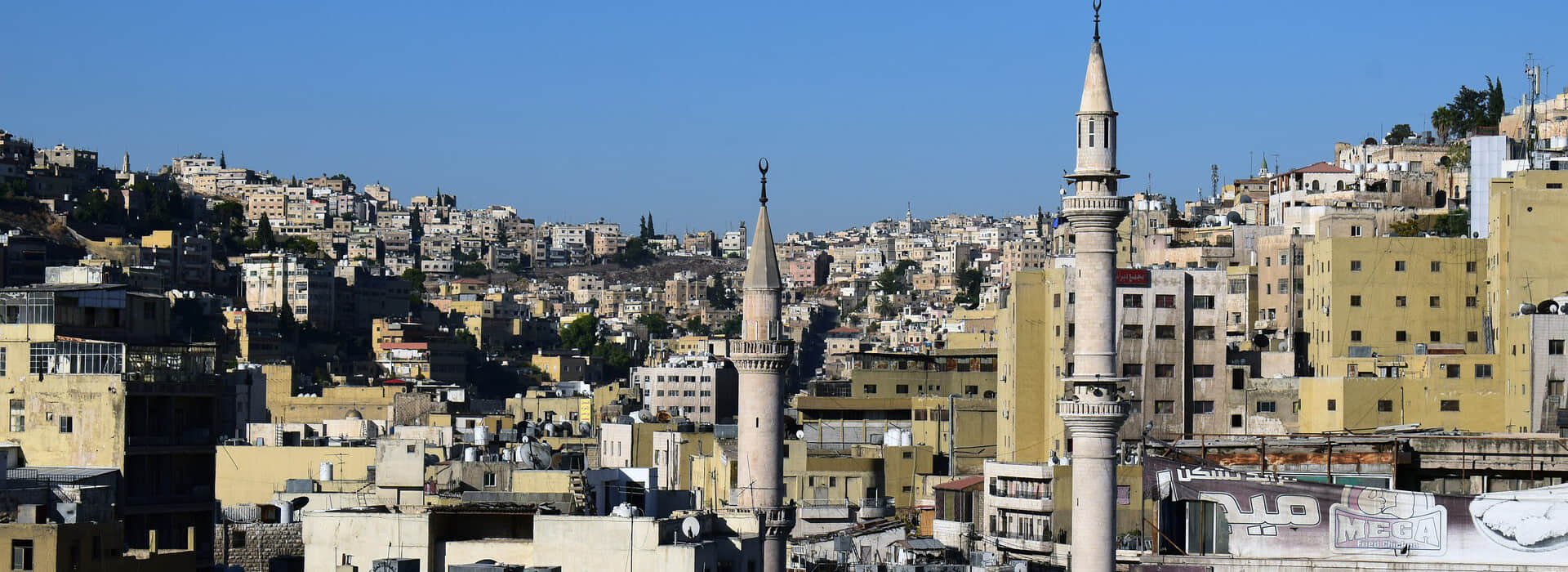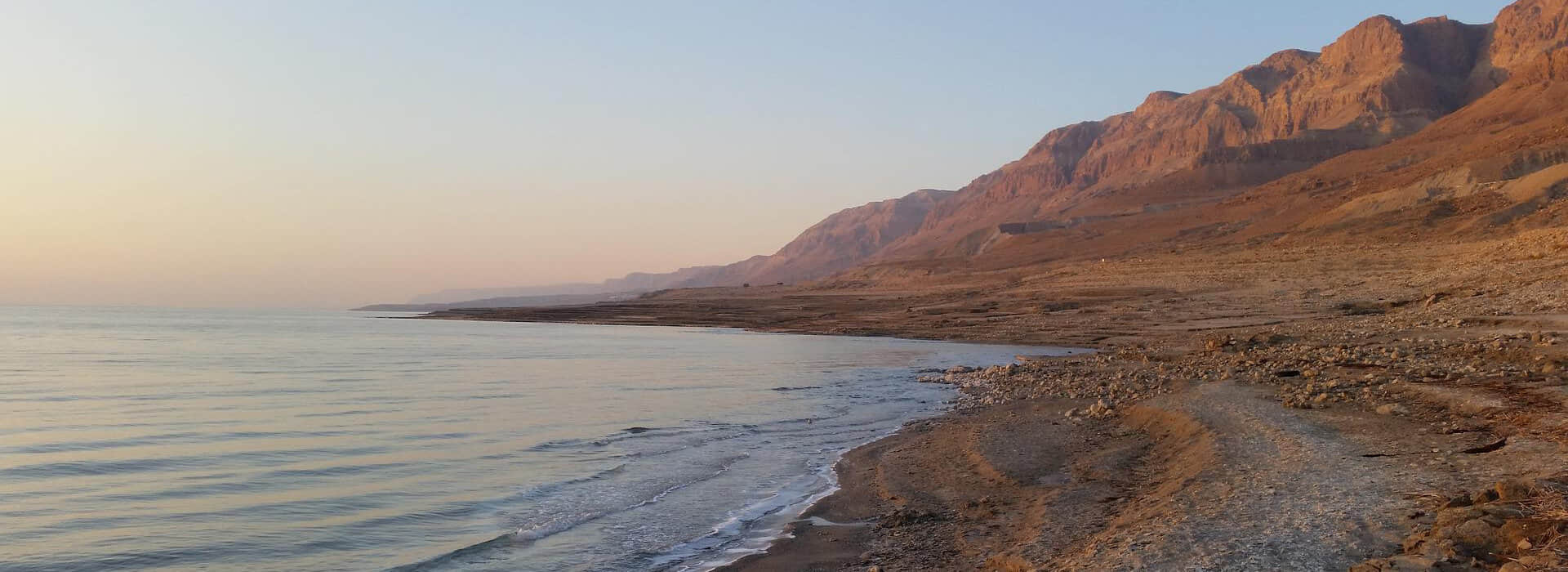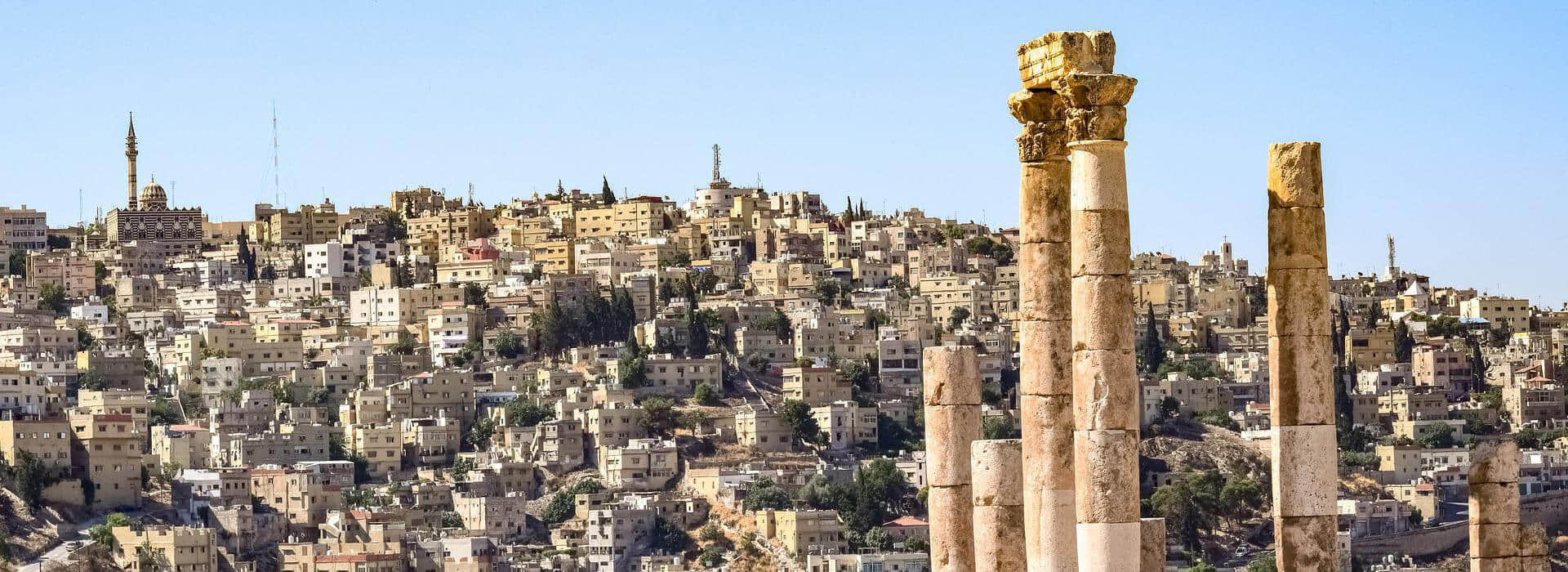10 Best Places to Visit in Jordan
Jordan was once the territory of the ancient Roman Empire, Byzantine Empire and Ottoman Empire. The well-preserved ruins of thousands of years will take you to the ancient dynasties, and will challenge the spirit of adventure from time to time.
Jordan is not just for the history buffs and explorers, but also for the adventurers. You can participate in the adventure sports of Jordan including the rock climbing in Wadi Rum. You go deep in the desert to learn more about the Bedouins. Camel trekking is another fun activity to go through in the deserts of Jordan. It is a place where you never get bored.
If you are into diving and snorkeling, then you should not miss Aqaba which is located on the Red Sea. Aqaba is also famous for its year-round warm climate, its underwater marine life just off shore and its beach resort options.
#1. Ancient City of Petra
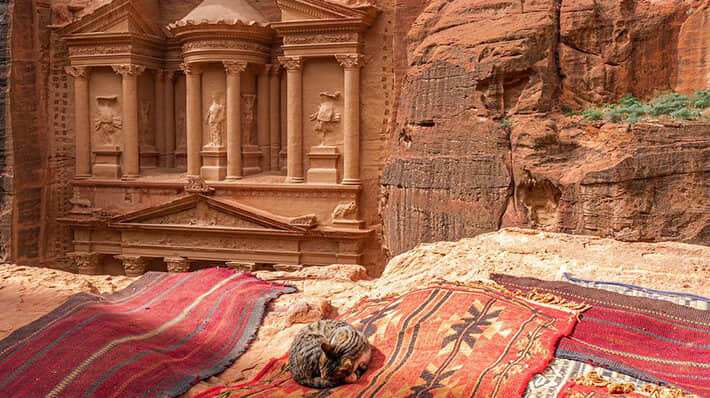
Petra is an ancient city that dates back to the fourth century B.C.E. Ruins of the once-great metropolis and trading center now serve as an important archeological site and tourist attraction. The site is considered significant by historians and archeologists alike because of its beautiful rock-cut architecture and innovative water management system, the latter of which made the region inhabitable, given that it is surrounded by desert and rugged, mountainous terrain. Petra has also been referred to as the “Rose City” because of the color of the stones used in its buildings. It was listed a UNESCO World Heritage Site in 1985.
#2. Dead Sea
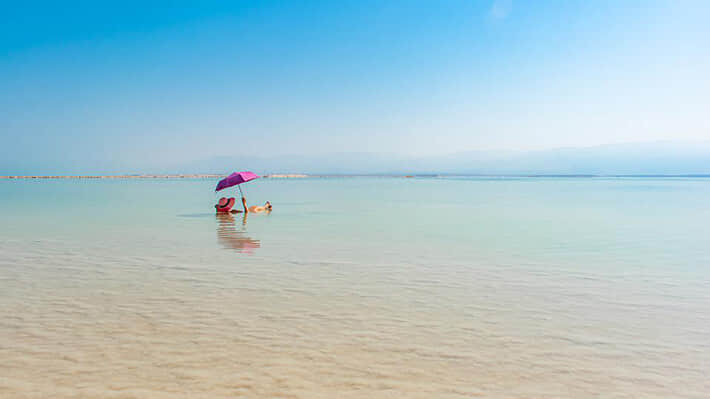
Located on the border between Israel and Jordan, the Dead Sea is one of the most intriguing natural phenomena on Earth. It is one of the saltiest bodies of water on Earth, with almost 10 times more salt than ordinary seawater.
Floating in the Dead Sea is a quintessential thing to do in Jordan. The lowest point on Earth accessible by road, this body of water is located at 418 meters (1371ft) below sea level. The Dead Sea is renowned for its mineral-rich water. Wellness devotees believe the water has healing properties for the skin. Don't plan to swim laps, though – the Dead Sea is so dense and salient that all you can really do is float atop the surface.
#3. Wadi Rum(Valley of the Moon)

It was dubbed as one of the most spectacular landscapes across the globe. Wadi Rum is also known as the Valley of the Moon, this sandstone and granite rock valley is an otherworldly experience, with towering cliffs, massive dunes, swirling archways, and caverns.
Visiting Wadi Rum is a voyage through the geological evolution of Earth, and many of these topographical features are older than the Dead Sea Rift that forms the western border of Jordan. Massive mesas pop straight up from the sea of sand, the result of primordial tectonic movement that cleaved the bedrock with almost cubic perfection before raising it high above the desert floor.
It served as the set for much of the 1962 film Lawrence of Arabia and was tagged a UNESCO World Heritage Site in 2011.
#4. Jerash Ruins
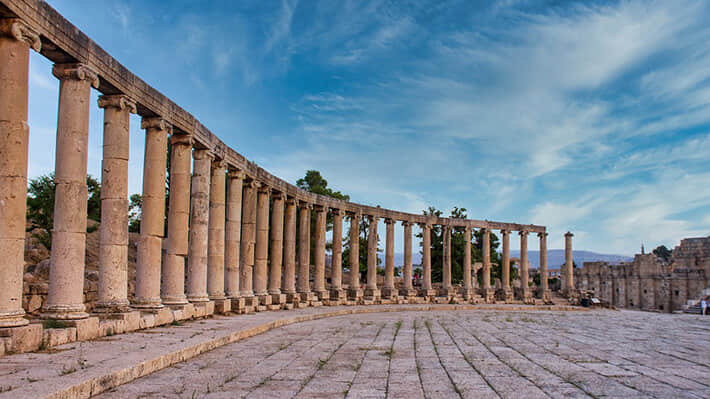
If you want visit the best-preserved Roman ruins outside of Italy, here it is. Jerash Ruins is one of the world's best-preserved ancient Roman cities and features spectacular places to visit, from colonnaded avenues and temples to a massive sports arena that once had a seating capacity of 15,000 spectators. The ancient Roman city enjoyed great wealth and importance largely due to the area’s fertile lands and year-round fresh water supply. An earthquake hit the region in 749 CE destroying huge areas of the city and leaving the ruins buried in soil more than one thousand years. It was not until 1806 that the site was discovered by explorer.
#5. Aqaba
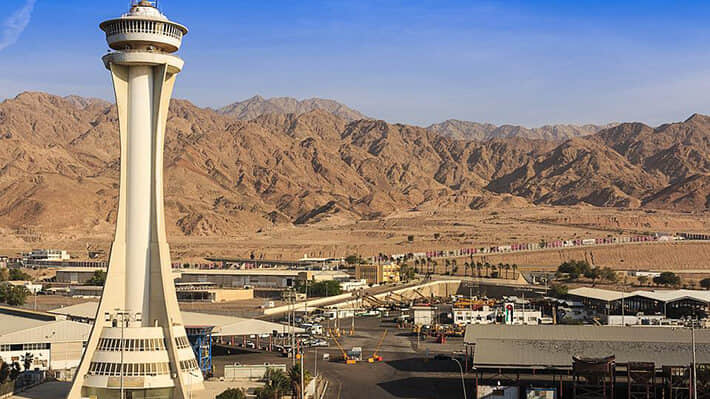
Aqaba is a beach town on the southern tip of Jordan, treats tourists to holidays on the breathtaking coastline of the Red Sea. It is the only coastal city in Jordan and the largest and most populous city on the Gulf of Aqaba. The main attraction of Aqaba is, of course, its Red Sea coastline, and the beaches, diving, watersports, and coastal resorts that come with that. But the city’s center and markets are becoming increasingly attractive. Aqaba’s location, close to Wadi Rum and Petra, and the border with Israel and Egypt make it a popular base for touring the region, with trips available to a host of destinations. Year-round sunshine and warm weather just add to the attractiveness of Aqaba as an ultimate resort city.
#6. Roman Ruins in Amman

Amman was a Roman-ruled city known as Philadelphia, nearly 2,000 years ago. Philadelphia was founded by the Macedonians after the conquest of the Persian Empire by Alexander the Great. It was one of the most important cities in the region and a hub for trade and commerce during the Seleucid Empire.
One of the top attractions in Amman for history buffs is the Roman Theater. The restored amphitheater, which seats 6,000 people, was constructed during the reign of the Emperor Antonius Pius between 138 and 161 CE. The attraction is still full of life, hosting many events and welcoming locals and tourists alike.
#7. Karak Castle
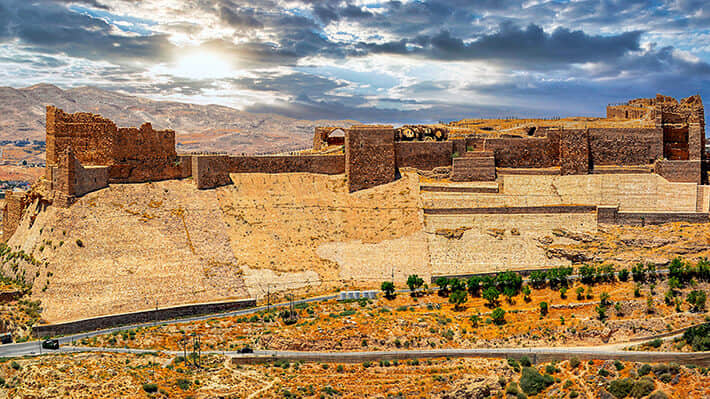
The town of Kerak, located on the ancient King’s Highway between Amman and Aqaba, was once known as the Kingdom of Moab, as mentioned in the Bible. Over two millennia old, Kerak was home to the Nabateans, Romans, and the Byzantines before the Crusaders took it over.
Karak Castle is a crusader castle, located in al-Karak (or Kerak) in Jordan. Construction began in the 1140s. The structure is an early example of a fortified Frankish Crusader Castle, using elements of European, Byzantine, and Arab designs. It was used to control the Bedouin herders and the trade routes from Damascus to Egypt and Mecca, due to its position east of the Dead Sea. In time, towers and rock-cut ditches were added for further protection to protect the north and south sides. You can still see the north wall with its arched halls – one of the most typically Crusader-style bits of architecture that remains at Karak Castle. These arched halls were used for a variety of things: stables, living quarters and fighting galleries to name a few.
#8. Mujib Nature Reserve
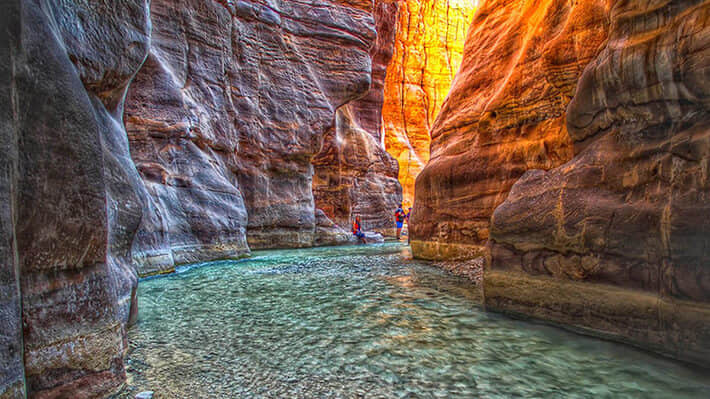
Mujib Nature Reserve, also known as the Mujib Biosphere Reserve, is quite possibly the most beautiful natural attraction in all of Jordan. It is characterized by its many canyons and gorges, many of which have streams and rivers flowing through them, eventually draining out into the Dead Sea. The reserve is also home to hundreds of plant species and an impressive variety of birds and mammals. It’s also known as the lowest nature reserve on the globe, and slopes down slowly to the saline waters of the Dead Sea.
#9. The Old City of Madaba
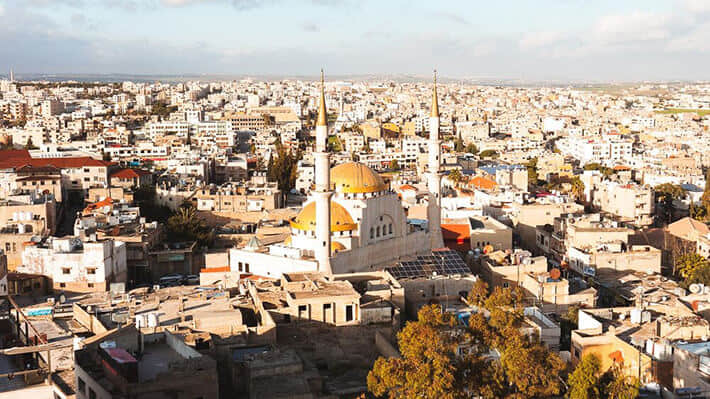
The old city of Madaba can be found clinging to the edge of the famous King’s Highway that weaves through the dusty desert hills and the very historic heart of Jordan.
Dominated by its glorious, gold-gilded mosque and collection of spiked minarets, the town also hides some awesome ancient mosaics that date from the Umayyad era (661–750 CE).
Madaba is home to the famous 6th century Mosaic Map of Jerusalem and the Holy Land. With two million pieces of vividly colored local stone, it depicts hills and valleys, villages and towns as far as the Nile Delta. The Madaba Mosaic Map covers the floor of the Greek Orthodox Church of St. George, which is located northwest of the city center.
You’ll also be able to sample spice-packed Jordanian mezze and smoky shisha in the fading Ottoman houses along the main drag.
#10. Quseir Amra
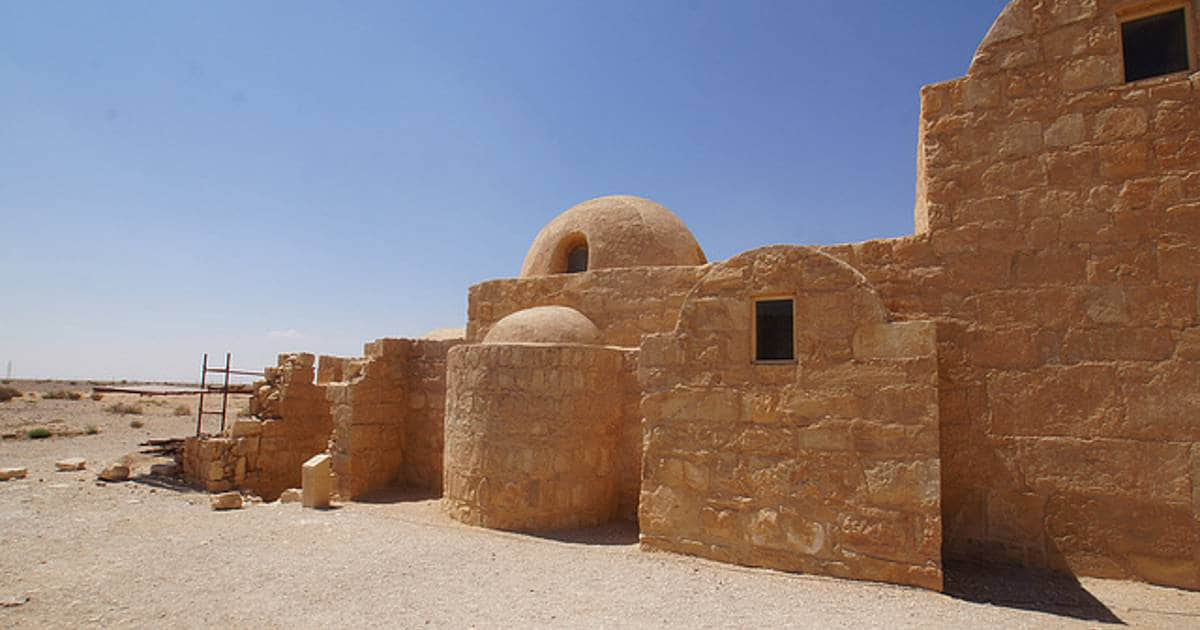
A remote desert palace with remarkably preserved frescoes opens a window into the short-lived Umayyad caliphate(661–750 CE), revealing the artistic blend of Byzantine and Islamic cultures in the eighth century A.D.
Quseir Amra (“small palace of Amra”) was commissioned by Walid ibn Yazid sometime between 723CE and 743CE, before his short reign as caliph from 743CE to 744CE. Walid escaped city life by traveling to this pleasure palace, just a few days’ camel ride from Damascus, with his entourage. The highlights of Quseir Amra are the emotive, brilliantly colored frescoes that cover the plaster walls and ceilings of the main room. Animals, plants, hunters, musicians, bathers, and even pagan scenes are all depicted in a playful medieval reverie, some larger than life, with features influenced by Byzantine artwork.
